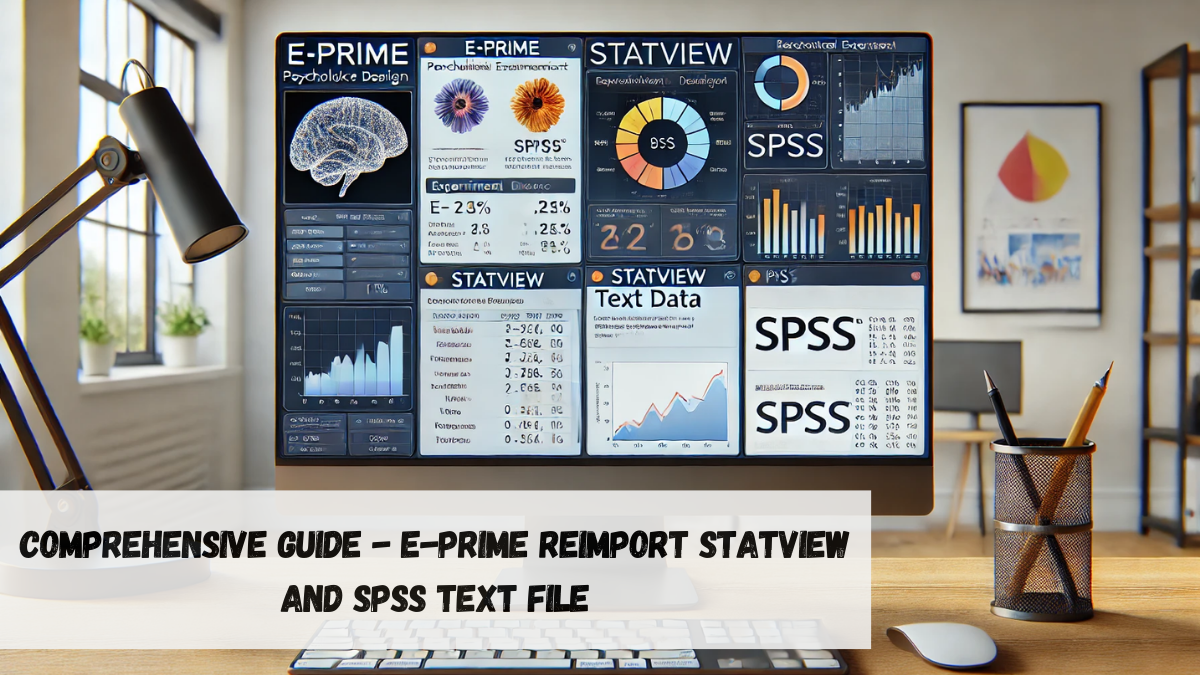Introduction to Nyogymbace
Nyogymbace is a unique and transformative practice that focuses on the intricate connection between the mind and body. Unlike traditional exercise routines, Nyogymbace emphasizes controlled, intentional movements that help create harmony between physical activity and mental focus. This practice combines elements of movement, breathing techniques, and meditation to cultivate a deeper sense of awareness and overall well-being. People who incorporate Nyogymbace into their lives often find themselves experiencing improved mental clarity, better stress management, and enhanced physical fitness.
Nyogymbace is a holistic practice focusing on intentional movements, breathing, and meditation, promoting the connection between mind and body for physical, mental, and emotional well-being.
This guide will dive deep into the principles, benefits, techniques, and applications of Nyogymbace, providing a fresh perspective on how it can help you achieve mind-body harmony.
What is Nyogymbace?
Nyogymbace is a holistic practice designed to synchronize the mind and body through intentional, controlled movements, breathing exercises, and mindfulness. The name itself comes from combining elements of “nyo” (meaning mind) and “gymbace” (representing physical exercises). Unlike many fitness routines that focus solely on physical strength and endurance, Nyogymbace is about creating a balanced connection between mental and physical well-being.
The practice originated as a response to the fast-paced modern lifestyle, offering a way to slow down and become more mindful of every movement and thought. It’s particularly appealing to those who are looking to improve their overall quality of life, rather than just their physical fitness.
Core Elements of Nyogymbace:
- Intentional Movement: Every movement in Nyogymbace is performed with intention, focusing on the flow and purpose of each motion.
- Mindfulness: A key aspect of Nyogymbace is the cultivation of mindfulness, paying attention to both the body and the mind simultaneously.
- Breathing Techniques: Breathwork plays an essential role, helping to regulate the body’s energy and calming the mind.
- Meditation: Nyogymbace incorporates moments of meditation to promote mental clarity, emotional balance, and self-awareness.
The Origins of Nyogymbace
Nyogymbace draws inspiration from various ancient practices that prioritize the connection between mind and body, including yoga, Tai Chi, and mindfulness meditation. These practices have long been revered for their ability to bring peace to the mind while simultaneously improving physical health.
Over time, Nyogymbace evolved into its own distinct practice, combining movement and mindfulness in a way that is accessible for people of all fitness levels. Its emphasis on self-awareness and controlled, deliberate movement allows practitioners to achieve a deeper understanding of their bodies and how they interact with their thoughts and emotions.
Benefits of Nyogymbace
Practicing Nyogymbace offers a wide range of physical, mental, and emotional benefits, making it a versatile practice suitable for various lifestyles. Here are some of the key benefits of Nyogymbace:
1. Improved Physical Flexibility and Strength
Nyogymbace incorporates slow, controlled movements that stretch and strengthen the muscles, leading to improved flexibility and strength over time. Unlike high-impact workouts that can strain the body, Nyogymbace offers a gentle approach that can benefit individuals at any fitness level.
2. Stress Reduction
One of the standout benefits of Nyogymbace is its ability to reduce stress. Through mindfulness and intentional breathing, practitioners can tap into a deep sense of relaxation. The controlled movements also allow individuals to focus on the present moment, distracting them from external stressors and promoting mental calmness.
3. Enhanced Mental Clarity
Nyogymbace encourages mental focus and concentration. By honing in on each movement and breath, the mind becomes more attuned to the body’s signals, which can lead to better decision-making and a clearer mindset.
4. Emotional Balance
Nyogymbace helps individuals manage their emotions by fostering mindfulness. Being aware of one’s thoughts and feelings during practice can lead to greater emotional intelligence and a more balanced emotional state.
5. Improved Posture
The slow, deliberate movements in Nyogymbace promote proper alignment of the spine and body, leading to improved posture. Over time, this can reduce back pain and enhance overall physical comfort.
6. Better Sleep
Practitioners of Nyogymbace often report better sleep quality. The stress-relieving effects and relaxation techniques employed during practice can help individuals unwind and achieve more restful sleep.
How Nyogymbace Works
Nyogymbace operates on the principle that the mind and body are deeply interconnected. To achieve balance and harmony between the two, practitioners focus on the following key techniques:
1. Controlled Movements
Every movement in Nyogymbace is intentional and slow, designed to activate specific muscle groups while encouraging mental focus. These movements are often fluid and flowing, similar to Tai Chi, helping practitioners remain fully present in the moment.
2. Breathing Techniques
Nyogymbace emphasizes the importance of breath in achieving mind-body balance. Practitioners are encouraged to synchronize their movements with their breathing, ensuring a steady flow of oxygen that calms the nervous system and energizes the body.
3. Mindful Meditation
At the heart of Nyogymbace is meditation. Practitioners take time to center themselves before, during, and after their practice. This meditation helps clear the mind, fostering mental clarity and emotional balance.
Nyogymbace Techniques and Exercises
Below are some common Nyogymbace exercises that can be practiced by beginners and advanced practitioners alike:
1. Standing Flow
The Standing Flow involves standing postures that focus on balance and core strength. Movements are slow and deliberate, requiring mental focus and intentional breathing.
2. Seated Meditation Movements
Seated movements in Nyogymbace focus on breath and mindfulness. These exercises are designed to promote relaxation and mental clarity, making them ideal for stress relief.
3. Core Activation Flow
This series of movements targets the core muscles while encouraging mental focus and deep breathing. Practitioners engage their core as they flow through various movements, synchronizing their breath with each exercise.
4. Body Scan Meditation
The body scan meditation helps practitioners become aware of tension in their bodies and release it through controlled breathing and focused relaxation.
Incorporating Nyogymbace Into Daily Life
Nyogymbace is not just a practice for the gym or studio; it can be easily incorporated into daily life. Here are some practical ways to include Nyogymbace in your routine:
- Morning Stretch and Meditation: Start your day with a short Nyogymbace session that combines light stretching and mindful meditation to set a calm and focused tone for the day.
- Work Breaks: Take brief breaks during the workday to practice Nyogymbace movements and breathing exercises. This can reduce stress and increase productivity.
- Before Bed Relaxation: Use Nyogymbace techniques to wind down before bed, promoting better sleep by calming the mind and body.
Why Nyogymbace Is Gaining Popularity
The modern world is fast-paced, and people are constantly looking for ways to manage stress and improve their well-being. Nyogymbace offers a refreshing alternative to traditional fitness routines by focusing on both mental and physical health. As more people recognize the importance of holistic well-being, Nyogymbace is becoming a popular practice for those seeking a balanced and mindful approach to fitness.
Frequently Asked Questions
1. What makes Nyogymbace different from yoga or Pilates?
Nyogymbace combines the mindfulness of yoga with controlled movements similar to Pilates, but it places a stronger emphasis on the mind-body connection through meditation and breath control.
2. Is Nyogymbace suitable for beginners?
Yes! Nyogymbace is designed to be accessible to people of all fitness levels. Beginners can start with simple movements and gradually progress.
3. How often should I practice Nyogymbace?
For best results, practicing Nyogymbace 3-4 times a week is recommended. However, even practicing once a week can offer significant benefits.
4. Can Nyogymbace help with anxiety?
Yes. Nyogymbace’s focus on mindfulness and intentional breathing can help reduce anxiety and promote mental calmness.
5. Do I need special equipment to practice Nyogymbace?
No. Nyogymbace can be practiced with minimal equipment. All you need is a comfortable space and a willingness to focus on your mind and body.




